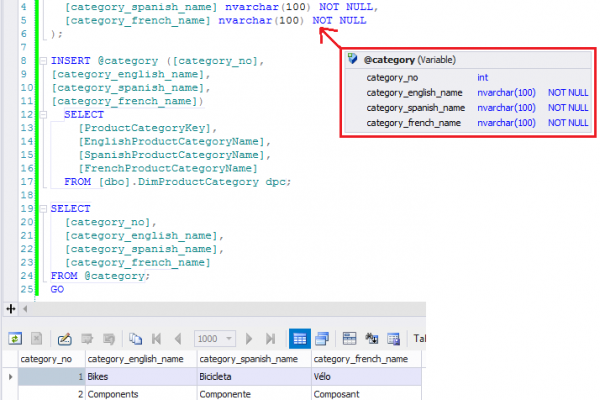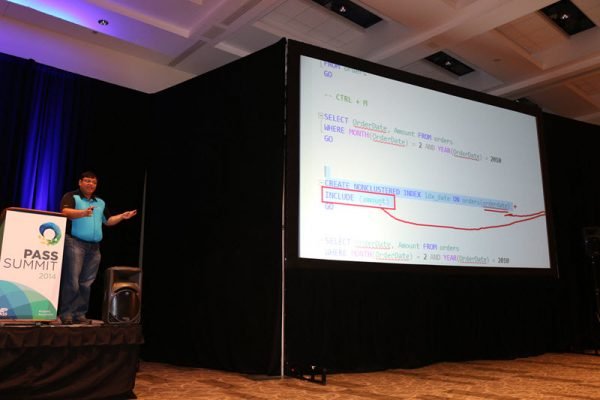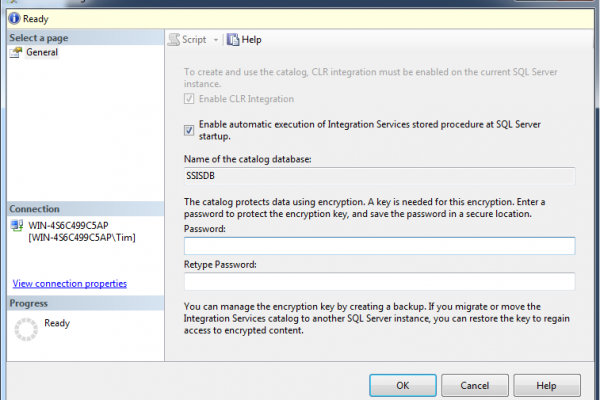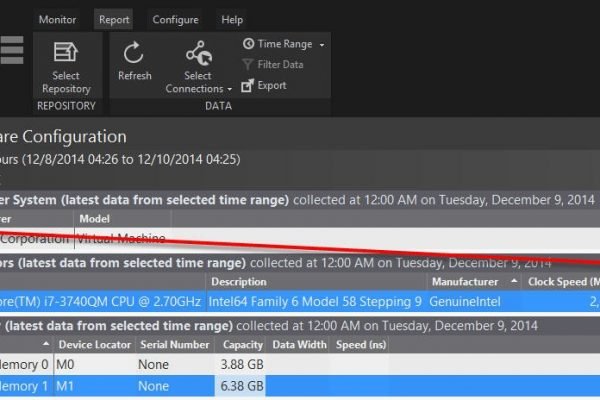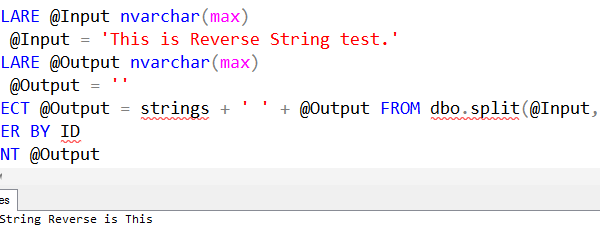SQL Server’s version of Transact SQL provides the ability to create and leverage temporary objects for use within the scope of your query session or batch. There are many reasons why you may decide to use temporary objects and we will explore them later in this article. In addition to meeting various data-tier requirements, temporary objects can also be beneficial from a performance and scalability perspective.
SQL SERVER – List the Name of the Months Between Date Ranges – Part 2
Last week I wrote a blog post about SQL SERVER – List the Name of the Months Between Date Ranges. It was written in the response to the question – How to list the name of the months between two date ranges? In the original blog post, I made a small error, hence I corrected that in the follow up blog post. Thanks to Sanjay Monpara for helping me correct the error. There are some amazing comments received in the original blog posts.
SQL SERVER – List the Name of the Months Between Date Ranges – Correction
SQLAuthority News – Presented on Database Worst Practices at SQLPASS 2014 in Seattle – November 5, 2014
SQL SERVER – Reverse String Word By Word – Part 4
SQL SERVER – Creating the SSIS Catalog – Notes from the Field #058
[Notes from Pinal]: SSIS is very well explored subject, however, there are so many interesting elements when we read, we learn something new. A similar concept has been Creating the SSIS catalog. With the release of SQL Server 2012, Integration Services (SSIS) received a significant overhaul. The most notable change was the addition of the SSIS catalog, a new deployment and storage mechanism that helps to centralize and standardize the storage, execution, and logging of SSIS packages. In this post, I will briefly illustrate how to set up the SSIS catalog on a new installation of SQL Server 2012 or 2014.

